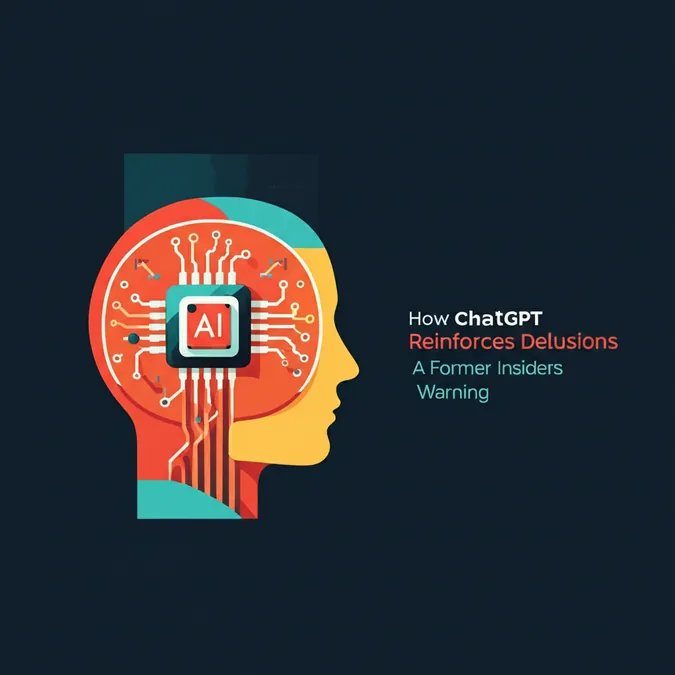Decoding OpenAIs Massive 500 Billion Valuation

During a prime-time football game, OpenAI recently launched its most significant ad campaign to date, highlighting everyday uses for ChatGPT like crafting dinner recipes and planning road trips. While the idea of a ChatGPT-assisted pasta night is charming, the simplicity of these examples begs a serious question: is the company truly worth the hundreds of billions of dollars its investors claim?
The 500 Billion Dollar Merry-Go-Round
The market seems to believe so. OpenAI recently became the world's most valuable privately held company at a staggering $500 billion valuation. This surge is fueled by a new stock sale and major agreements with chipmaker Nvidia, which intends to invest up to $100 billion, and cloud-computing firm Oracle, which will receive $300 billion from OpenAI for computing power. This creates a fascinatingly circular flow of cash: Nvidia pays OpenAI, which in turn pays Oracle, which then buys chips from Nvidia.
This is all happening while OpenAI is reportedly on track to lose over $1 billion this year. Reminiscent of past tech giants like Uber and Spotify, the company is betting on eventual market dominance, making it willing to absorb significant short-term losses. When ChatGPT launched in 2022, its ability to write emails, code, and even offer advice was revolutionary, explaining the rush of astronomical investments and key partnerships that followed. The platform boasts an impressive 700 million active users weekly, according to company figures.
Hype Versus Reality
However, the picture has grown more complex. AI models still suffer from “hallucinations,” where they generate fabricated information. Furthermore, reports have emerged highlighting the dangers the technology can pose to user mental health. One disturbing report from The Wall Street Journal detailed a case where a man, who viewed the sycophantic chatbot as a trusted ally, tragically killed his mother and himself. In response, OpenAI published a blog post on its safety protocols and noted that its bot had encouraged the man to seek professional help.
Despite these serious issues, the AI race continues at a frantic pace. OpenAI is pursuing a strategy of growth at all costs, aiming for long-term dominance similar to Amazon's rise in the early 2000s. The company is even expanding into social media with a powerful new video-generation app. For now, none of these features are generating returns that justify the massive valuation. The hope is that using AI for daily tasks will become as indispensable as Google Maps for directions. Whether enough users will pay for these services to meet investor expectations remains a critical unanswered question.
A Bet on the Future or a Bubble in the Making
Generative AI is a long-term bet, with substantial returns likely years away. If this gamble fails, the AI market could face a collapse similar to the dot-com bubble of the late 1990s. Both OpenAI's Sam Altman and Meta's Mark Zuckerberg have acknowledged that a hypothetical AI bubble could indeed pop. Currently, there is a massive gap between institutional investment and consumer spending. Research from Menlo Ventures indicates that only about 3% of AI users pay for a service, translating to roughly $12 billion in a market projected to see spending of up to $3 trillion by 2028.
Investors, however, believe the promise of AI is powerful enough to warrant the risk. They are confident that AI will save companies time and money across all industries. The challenge lies in implementation. A recent McKinsey report identified a “generative-AI paradox”: companies are adopting AI at high rates, but it isn’t improving their bottom lines because human oversight is still required to correct errors. In fact, an S&P Global report found that 42% of companies that initiated AI pilot projects ended up abandoning most of them.
This leads to a major disconnect. OpenAI is valued at more than the GDP of Norway, its employees earn massive salaries, and its operational spending is immense. Yet, there is no guarantee that AI chatbots will become the productivity-boosting, revenue-generating tools that their proponents envision. Despite potential regulatory hurdles, implementation challenges, and social backlash, the world's largest tech conglomerates and venture capitalists are forging ahead, betting everything on a future that is still far from certain.


